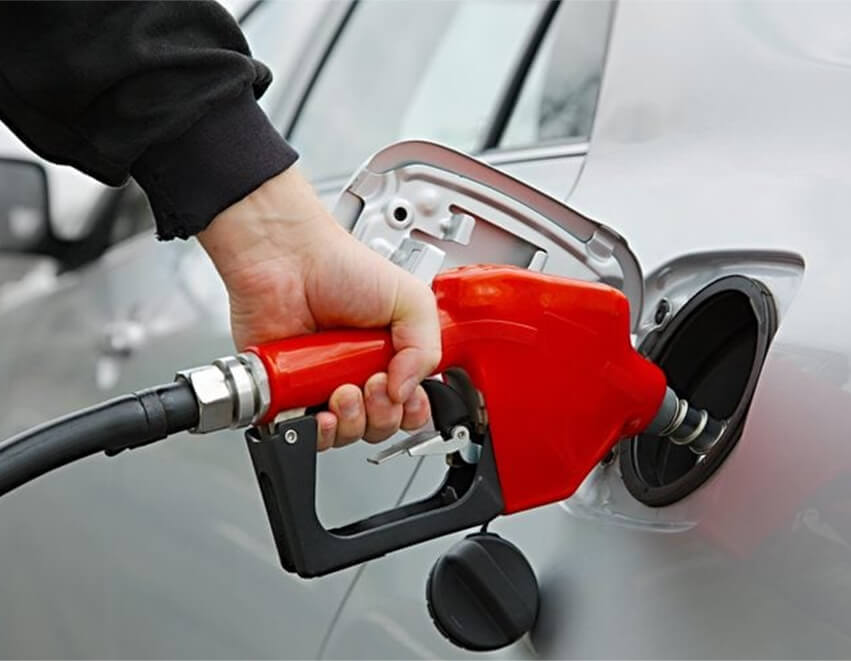When it comes to storing and transporting large volumes of diesel fuel, two of the most popular tank materials are steel and polyethylene (poly) plastic. While both get the basic job done, they each bring some unique strengths and tradeoffs to the table that are important to understand. Steel Vs. Poly Diesel Transfer Tanks – […]
When it comes to storing and transporting large volumes of diesel fuel, two of the most popular tank materials are steel and polyethylene (poly) plastic. While both get the basic job done, they each bring some unique strengths and tradeoffs to the table that are important to understand.
Here’s a quick rundown of 8 key differences between steel and poly diesel transfer tanks.
One of the most obvious differentiators is heft. Steel, whether basic carbon steel or more corrosion-resistant alloyed varieties, is substantially heavier than poly tanks of the same capacity. An empty 500-gallon steel tank can weigh over 946 lbs, while a poly version might only be 150-200 lbs.
The sheer heavyweight of steel demands heavy machinery like cranes or forklifts for installation and relocation. Lightweight poly tanks are far more portable and maneuverable by hand.
When it comes to withstanding intense use, drops, dents, and abuse, steel understandably gets the upper hand. Its rigid metallic construction shrugs off impacts far better than relatively thin-walled poly tanks.
Poly tanks can crack or puncture under excessive force, while steel easily brushes off dings and dents without compromising integrity. For transporting diesel to rugged job sites, steel’s resilience is invaluable.
While basic steel is highly vulnerable to rust and corrosion when exposed to moisture, specially treated steel tanks mitigate this issue.
Corrosion-resistant alloy steels like stainless are impervious to oxidation and chemical reactions with diesel fuel or acids. Poly plastic tanks, on the other hand, are inherently chemically inert and virtually impervious to corrosion, providing exceptional longevity.
One downside of standard polyethylene tanks is susceptibility to UV radiation from sunlight over extended periods. This ultraviolet exposure causes poly materials to become brittle and discolored over time.
Steel tanks, provided they have a quality epoxy coating, remain unaffected by UV light and heat. For permanent outdoor diesel storage, steel gets the advantage.
In the event of tank ruptures and spills, polyethylene tanks generally get the edge for their inert material and inability to contaminate the environment with leached chemicals or residues. Certain specialized poly tanks also have double wall construction with interstitial spill containment to capture leaks. Steel tanks can potentially “sweat” and rust, creating environmental hazards.
There’s no question that polyethylene tanks are typically the more economical choice upfront compared to costlier steel. The cost gap widens even more with powder coated, corrosion resistant, or alloy steel construction.
While poly tanks last a respectable 10-20 years, steel’s longer functional lifespan helps offset that higher initial investment for some diesel operations.
Polyethylene tanks maintain a smoother, cleaner internal surface compared to steel’s tendency to eventually rust and corrode internally over decades. This makes poly better suited for storing ultra pure liquids or chemicals where any contamination or leeching is unacceptable. For basic diesel storage and transfer, either material gets the job done cleanly for years.
Due to higher manufacturing demands, polyethylene tanks generally lack the full customization and accessory options that steel accommodates.
Integrated equipment like liquid level sensors, transfer pumps, tool cribs, and even custom paint colors or insulation jackets are far more available for rugged steel diesel tanks.
At the end of the day, steel provides superior impact resistance, UV stability, customization potential, and longer-lasting durability – but at a higher cost and weight penalty. Lightweight, chemically inert polyethylene tanks make an affordable, easily relocated option well-suited for smoother temporary diesel storage and transfer operations. Evaluating your operation’s priorities helps determine which material and tank design best fits your diesel fuel needs.
For expert guidance and high-quality solutions, consider AOCHENG Group, renowned for its range of fuel transfer tanks tailored for various applications. Reach out to AOCHENG today to find the perfect solution for your diesel fuel storage and transfer requirements.




